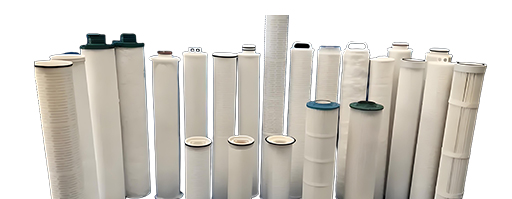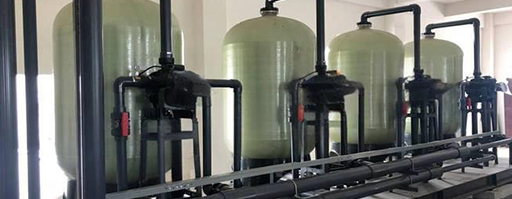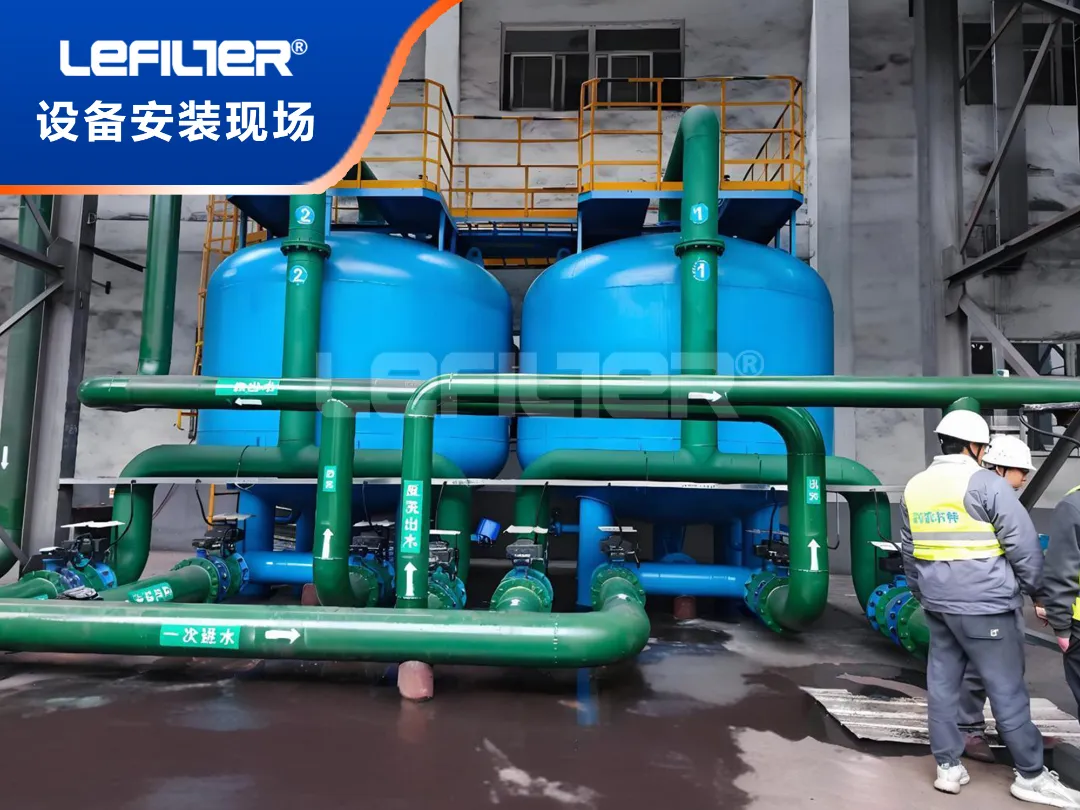LEFILTER’s Self-Cleaning Filters Transform High-Temperature Industrial Wastewater Treatment
Publication time:2025-06-28
Introduction
As global industries accelerate decarbonization efforts, treating high-temperature wastewater laden with organic pollutants has emerged as a critical challenge. Xinxiang Lifeierte Filter Corp., Ltd. (NEEQ: 837936), a Henan-based filtration innovator with 16 years of expertise, is addressing this gap with its patented self-cleaning filtration systems. The company’s newly authorized "High Organic Content Wastewater Treatment Device" (Patent No. CN221460008U) slashes operational costs by 40% compared to conventional thermal or membrane-based solutions while ensuring compliance with stringent discharge standards.
The High-Cost Challenge of Organic-Laden Wastewater
Industrial processes in steel mills, chemical plants, and refineries generate wastewater streams at 70–95°C containing oils, solvents, and volatile organic compounds (VOCs). Traditional solutions face severe limitations:
1. Thermal Systems: Evaporators consume 8–12 kWh per ton of water treated, contributing to 25% of plant energy budgets.
2. Membrane Fouling: Ultrafiltration membranes clog within 72 hours when processing fluids with >500 mg/L COD (Chemical Oxygen Demand), requiring weekly chemical cleaning.
3. Sludge Disposal: Biological treatments produce up to 3 tons of hazardous sludge daily for a mid-sized refinery, costing $180/ton for disposal.
In China alone, industrial facilities discharge 7.4 billion tons of high-temperature wastewater annually, with 38% containing organic loads exceeding regulatory limits.
LEFILTER’s Integrated Electro-Filtration Architecture
The patented system combines multi-stage filtration with electrochemical oxidation—a first for cost-sensitive mass applications. Key innovations include:
1. Turbulence-Controlled Hydraulics: Staggered baffles and rotating diversion panels reduce flow velocity by 70%, extending contact time for organic degradation. The "buffering hopper" design prevents channeling and ensures uniform distribution.
2. Pulse-Electrolysis Electrodes: Modular electrode stacks operate at adjustable voltages (5–24V), breaking complex organics like phenols and benzene derivatives into CO₂ via in-situ generated oxidants. Testing shows 98% COD reduction in acrylonitrile wastewater.
3. Self-Cleaning Cyclonic Filters: Wedge-wire screens with 100–200μm precision automatically purge accumulated solids when ΔP hits 0.05 MPa. The 30-second cleaning cycle uses 80% less backwash water than sand filters.

Field Validation: Efficiency Gains in Heavy Industries
1. Steel Mill Case (Shandong, 2024)
A major steel producer retrofitted LEFILTER’s system to treat 280 m³/h of hot rolling wastewater (95°C, 1,200 mg/L oil content). Results over six months:
Energy Savings: Eliminated steam-cooling pretreatment, cutting energy use from 9.2 to 1.8 kWh/m³.
Zero Sludge: Electro-oxidation mineralized 99.7% of emulsified oils, avoiding $320,000/year in sludge handling.
Water Reuse: Treated water reached <5 mg/L oil content, enabling 100% recirculation.
2. Chemical Park Deployment (Zhejiang, 2025)
Replacing dissolved air flotation units, LEFILTER’s filters processed 450 m³/h of pesticide wastewater with COD >8,000 mg/L:
Footprint Reduction: 60% smaller than prior biological systems.
Toxin Destruction: Destroyed 97% of chlorpyrifos and diazinon residues.
RO Protection: Reduced SDI (Silt Density Index) to 2.1, extending reverse osmosis membrane life by 300%
Driving the Circular Water Economy
Beyond compliance, LEFILTER’s technology enables resource recovery:
1. Heat Reclamation: High-temperature tolerance (95°C) preserves waste heat for district heating.
2. Metal Recovery: Electrodes capture nickel, chromium, and zinc ions for smelter recycling.
3. Carbon Credits: Mineralizing organics avoids methane emissions from sludge digestion, generating 4,200 CERs (Certified Emission Reductions) annually per installation.
Accelerating Global Deployment
With ISO 9001/14001 certifications and ASME pressure vessel accreditation, LEFILTER delivers:
1. Rapid Customization: 72-hour technical proposals for flows up to 5,000 m³/h.
2. Localized Service: 128-country network with 48-hour spare parts delivery.
3. EPC Partnerships: Pre-engineered skids for brownfield retrofits, cutting installation time by 70%.
Future Roadmap: AI-Optimized Filtration
LEFILTER’s 58-member R&D team is advancing IIoT integrations:
1. Predictive Contaminant Tracking: Machine learning models forecast organic load surges using historical process data.
2. Autonomous Voltage Tuning: Real-time COD sensors adjust electrolysis intensity, optimizing power use.
3. Hydrogen Co-Generation: Pilot systems recover H₂ gas from organic decomposition for fuel cell applications










